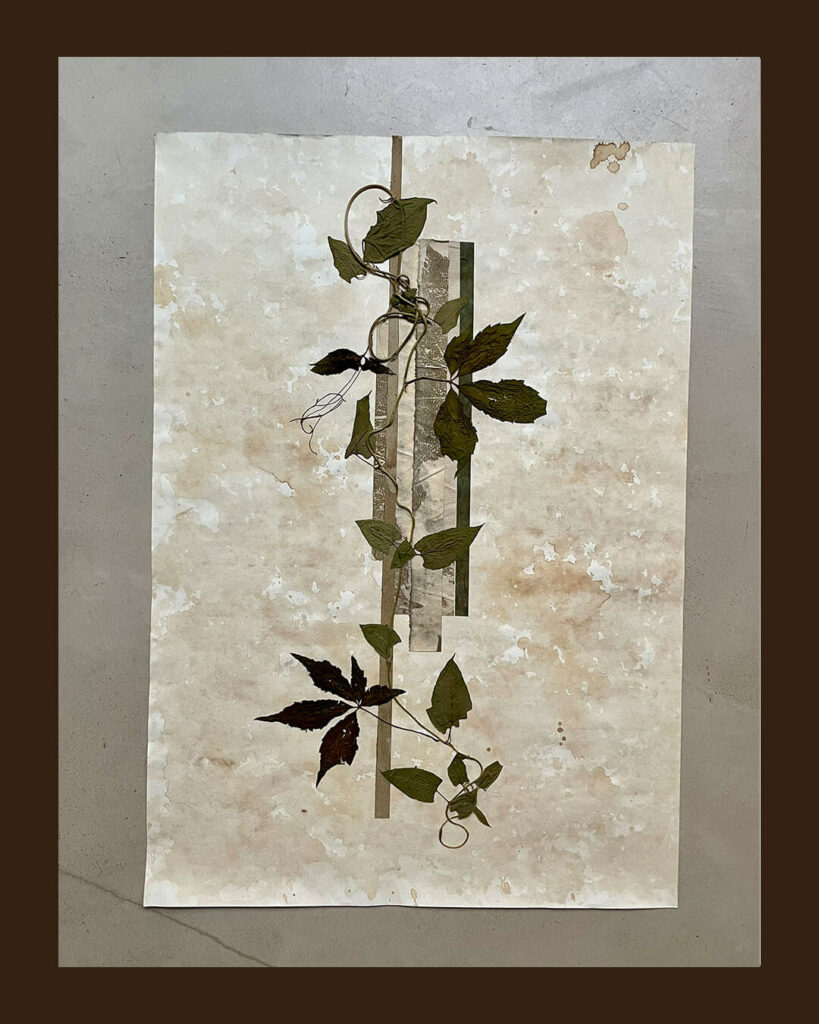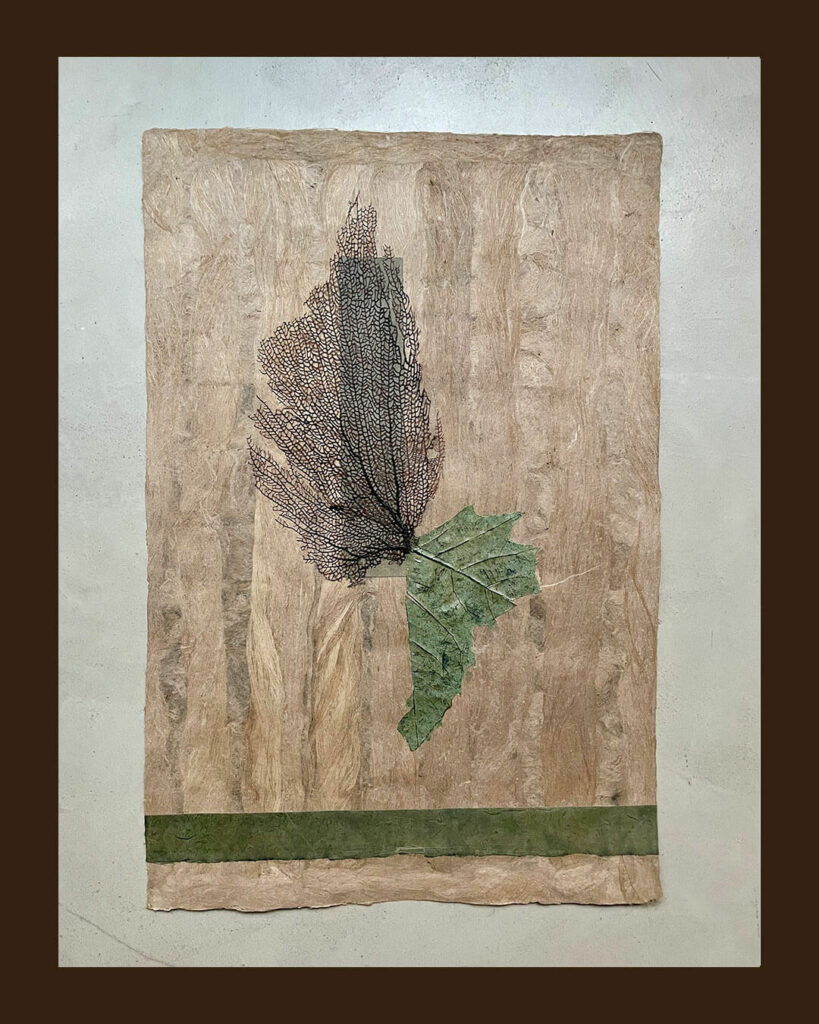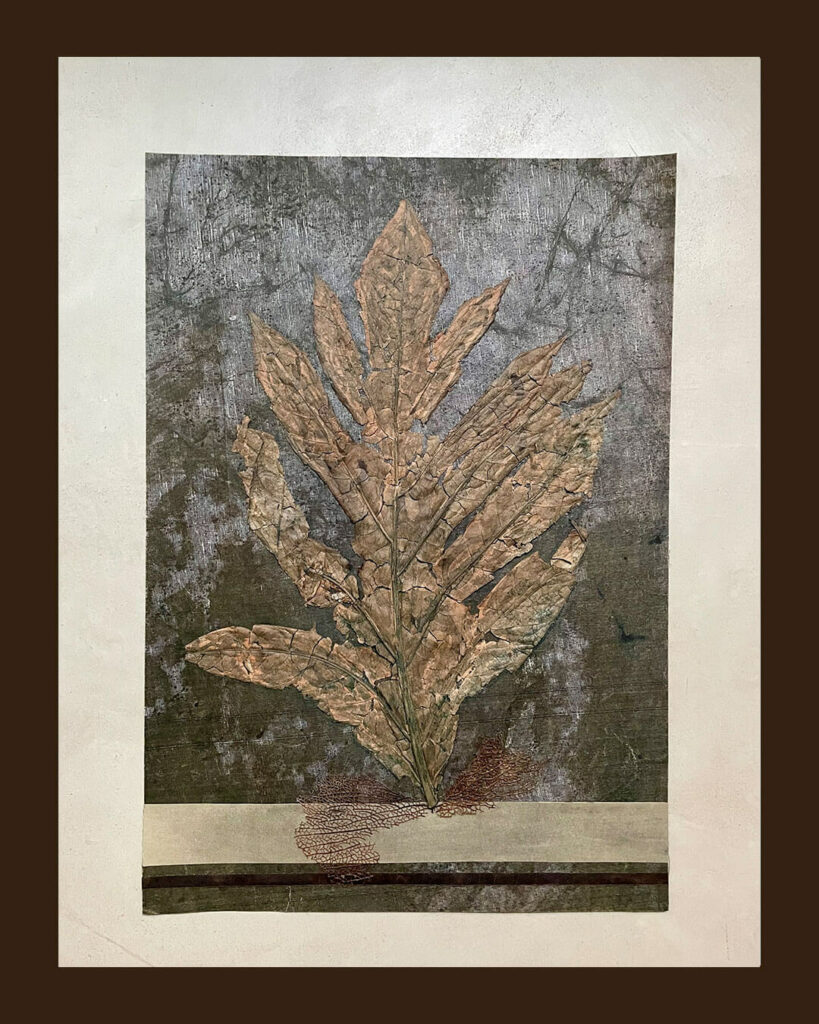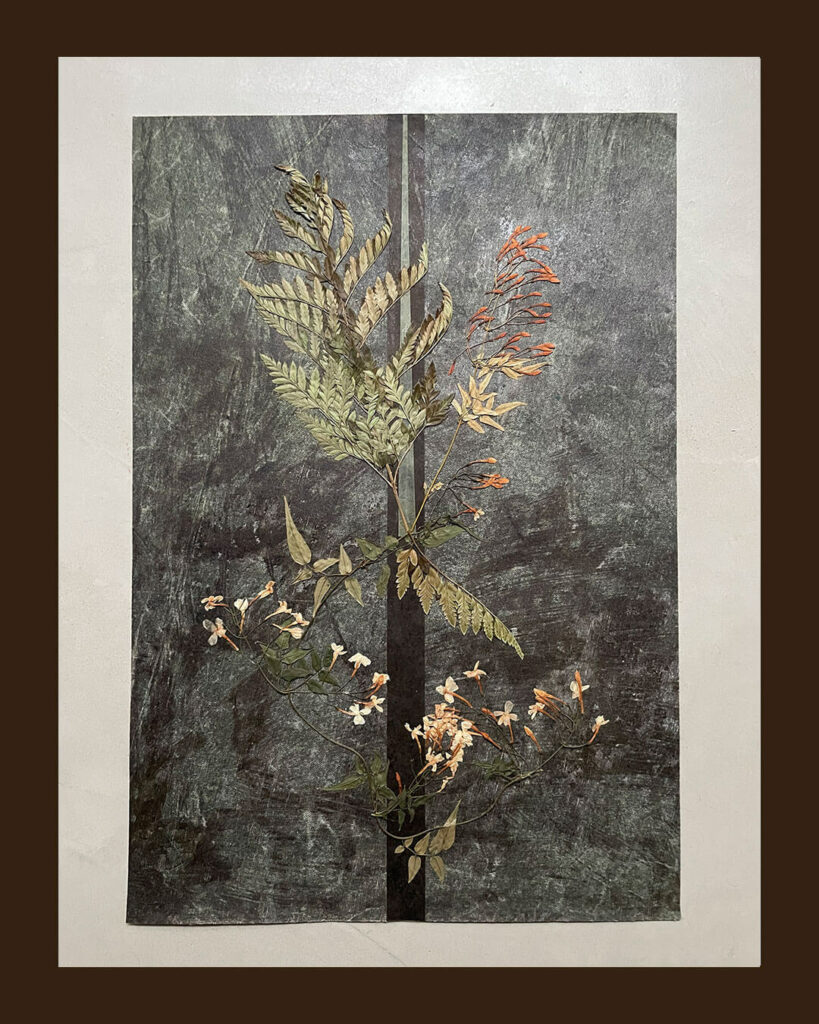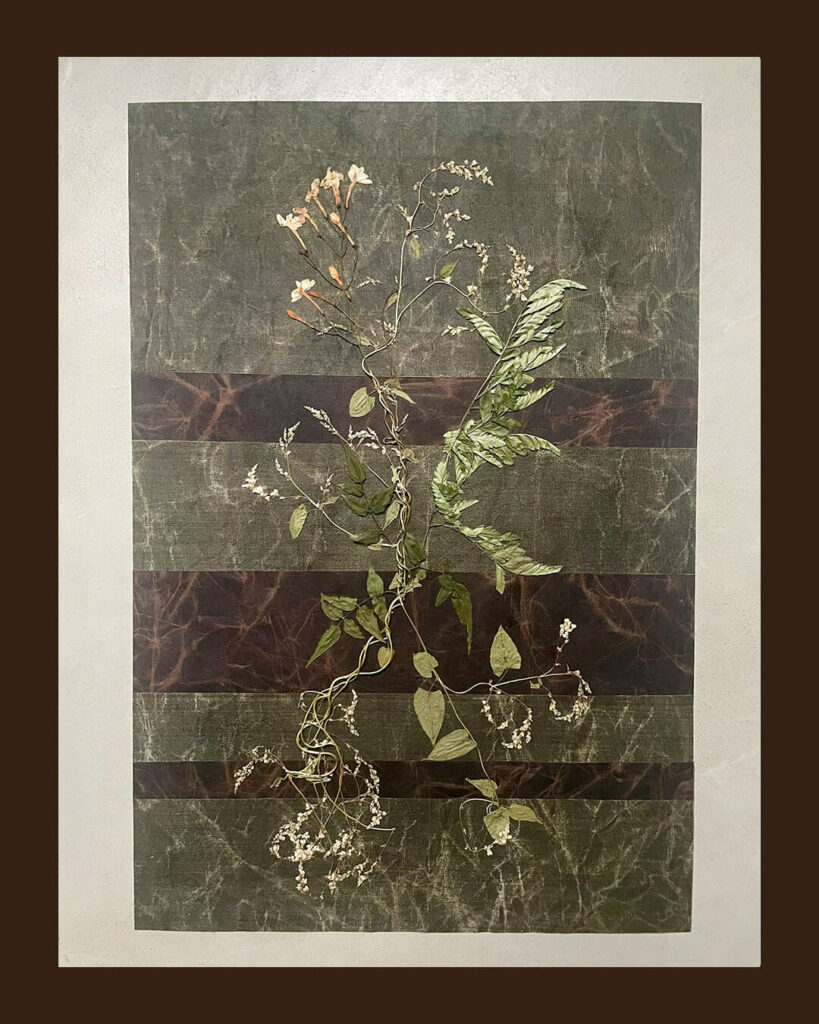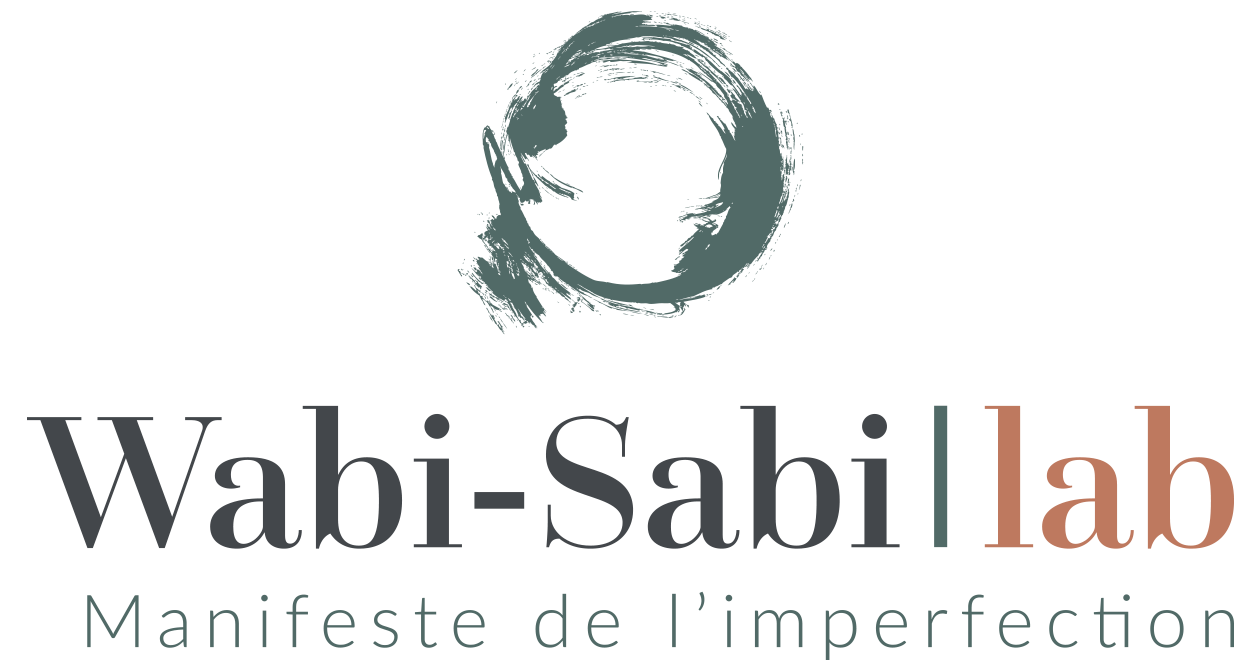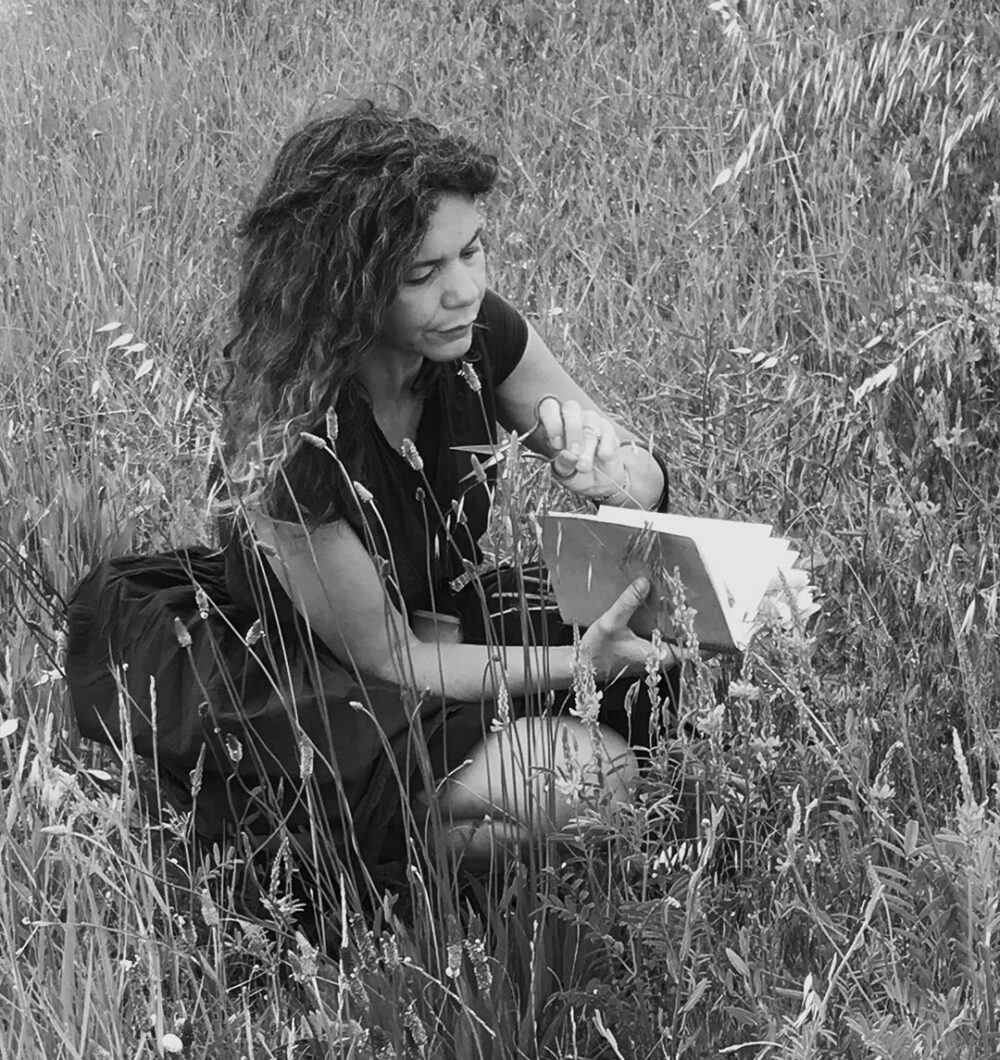In the words of Honoré de Balzac, art’s mission is not to copy nature, but to express it.
I’d like the movement of a stem, the inflection of a leaf, the vitality of a bud to convey fragility and strength, light and shadow, the present moment and the passage of time. My work is not about flowers, but about metamorphosis and rebirth.
For me, composing with living things means listening to them and giving them a place. In these numerous endeavors, it’s all a question of measure, precision and balance. Ultimately, it’s about the respect and care we owe to what surrounds us.
The antique papers and documents I work with have been patinated and discolored by me as well as by time, punctured, crumpled or gnawed by mice, exposed to the elements as well as to the tannins of plants. Chosen for their material and imperfections, I accentuate their nuances and the random impression of patterns. No plant is left untouched in my compositions. Hybridized and reinvented, the plant is the sign of a vitality and fragility that wisely reminds us of the beauty and impermanence of existence.
As the poet Ramuz says, it’s because everything has to end that everything is so beautiful. This Wabi Sabi experience enabled me to experiment with emptiness, tame space and rediscover the intrinsic meaning of plants, sometimes without flowers. New pieces were born. My hope is that their dazzling blackness will reflect the intensity, fragility and transience of our lives.
With their economy of means, I’d like my compositions to point the way to life, like a plant haiku.
What’s after the flower? From root to blossom… there’s all life.
The antique papers and documents I work with have been patinated and discolored by me as well as by time, punctured, crumpled or gnawed by mice, exposed to the elements as well as to the tannins of plants. Chosen for their material and imperfections, I accentuate their nuances and the random impression of patterns. No plant is left untouched in my compositions. Hybridized and reinvented, the plant is the sign of a vitality and fragility that wisely reminds us of the beauty and impermanence of existence.
As the poet Ramuz says, it’s because everything has to end that everything is so beautiful. This Wabi Sabi experience enabled me to experiment with emptiness, tame space and rediscover the intrinsic meaning of plants, sometimes without flowers. New pieces were born. My hope is that their dazzling blackness will reflect the intensity, fragility and transience of our lives.
With their economy of means, I’d like my compositions to point the way to life, like a plant haiku.
What’s after the flower? From root to blossom… there’s all life.
